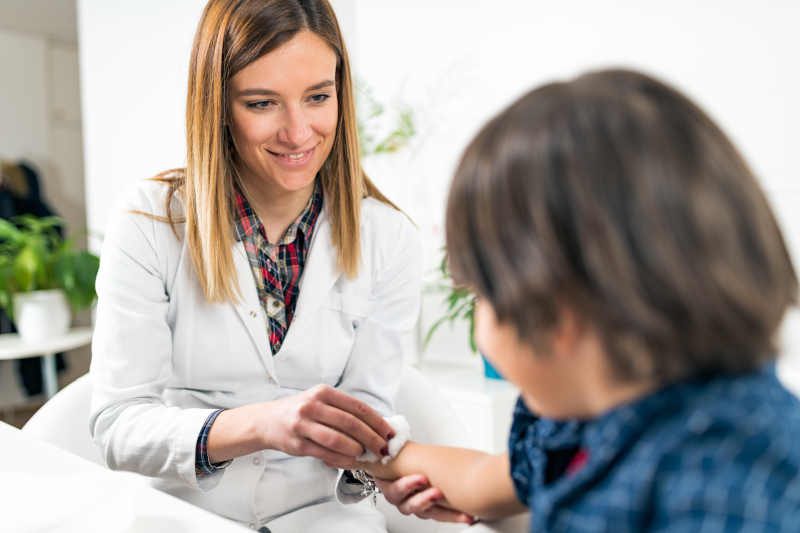Following a food allergy diagnosis for their child, many parents experience a sense of panic. The parent is suddenly expected to become an expert on food allergies, educate others, establish allergy protocols, purchase medications, and frequently remove certain foods from their house. To put it mildly, it can be overwhelming right now!
Even while each of these things is crucial, discussing allergies with children may be the most crucial thing a parent can do. The child must finally learn how to advocate for themselves because learning is harder for them.
Here are some techniques to get you started if you are one of these parents:
Start Out Simple
Give an age-appropriate explanation of the allergy. Talk about the distinction between safe and unsafe foods. Bring them to the supermarket and let them know where their allergy is. Unbelievably, many young kids can tell you what they are allergic to, but they might not be able to recognize the allergen when it is right in front of them! Tell them why we don’t share food with friends and why we always read labels before consuming anything. Education is knowledge.
Clearly Describe a Food Allergy
It’s beneficial to calmly go over what an allergic reaction might look like and how it might make them feel, even though they might be young. As an adult, it’s vital to recognize that children may describe their symptoms in a unique or amusing way. For instance, “My throat feels thick,” or “My tongue feels like it has hair on it.” To determine a reaction, it may be important to comprehend their descriptions.
Most importantly, instill in them the importance of immediately telling an adult if they experience any of these symptoms.
Get Them Involved in the Process
Bring your child along when you train their caretakers and teachers. Establish a regimen that includes label-reading and supermarket buying. Let them use their creativity to make a sign to hang on your door reminding you to always have emergency medications, such as epinephrine and antihistamines, when you leave the house. Including your child in the learning process adds another level. Additionally, it’s crucial to give your child as much “normalcy” as you can, as this can prevent them from feeling afraid.
Include It in Your Daily Conversation
Not just the child is affected by food allergies; the entire family is. Help them understand that having a food allergy is a distinctive aspect of who they are by sharing your own experiences with them. Play out hypothetical situations that kids might come across at school or with friends. Cooking dishes that are tolerant of allergies.
Don’t be scared to talk to your youngster in an honest manner. Keep in mind that information is power. Your child with food allergies will be better able to navigate the future with open communication.
Key Support Tools
For families with recent diagnoses, there are numerous tools and resources. A book is a fantastic place to start for younger kids! There are several excellent children’s books with an allergy theme available. As many businesses now sell stylish and amusing medical jewelry, you can also buy a medical ID bracelet. or even watch TV to learn about allergies.
Find Others and Community
Avoiding going it alone is advantageous, and you don’t have to. There are several groups and support networks for families managing a food allergy because one in 13 children in the U.S. has one. Many of these organizations organize allergy-friendly get-togethers, provide advice and recipes, and alert members to occasions for families with food allergies.
Naturally, our staff at Kid’s 1st Pediatrics is available to assist as well. Whatever strategy you choose, keep in mind that you need to find a balance between controlling your child’s food allergy and making sure your child enjoys all that childhood has to offer.
